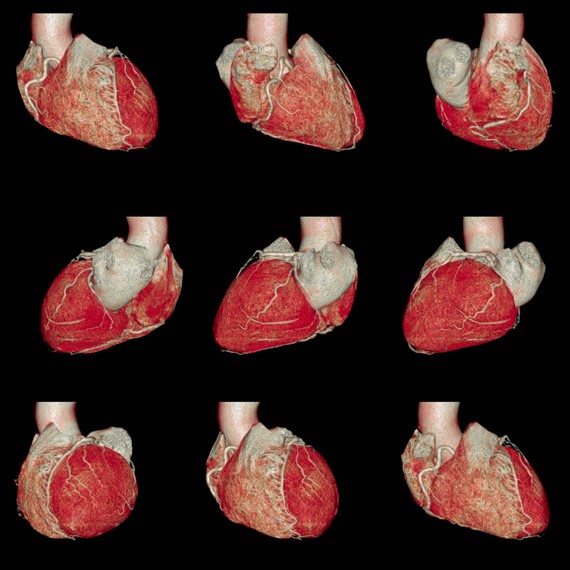Good lab results can be dangerous.
Now, don’t get me wrong: “normal” is the preferred result for your blood work, x-ray, or stress test. The problem with “normal” is not the finding itself, but more the false sense of security that it can impart.
On the subject of stress tests, many people get one as a rite of passage, kind of a medical “coming of middle-age” birthday present. It’s certainly true that too many people, without any bodily warning shot whatsoever, suddenly drop dead.
You might ask: why not do some digging to look for a hidden heart problem and take care of it before disaster strikes? Makes perfect sense. Too bad it doesn’t work.
Why “normal” arteries can still trigger a heart attack
A heart attack often arises from a type of fault line in one of the arteries that supplies the heart. The diseased area typically has plaque buildup from cholesterol and inflammation. The surprising finding, contrary to popular belief, is that the artery that gives rise to a heart attack is often just mildly narrowed right before the disaster happens.
What often occurs is that the fault line in the artery suddenly shifts and causes damage that quickly triggers a blood clot to form, leading to a heart attack.
The arterial fault line is a lot like the geologic sort: everything is very quiet—until it’s not. The eruption can be triggered by a variety of stressors, but as often as not, the timing is without apparent rhyme or reason.
An artery with a very serious fault line but only narrowed by 40% could easily slip by to yield a “normal” stress test result because results are typically normal unless the artery is narrowed by 50-70% or more.
Blood tests don’t always tell the whole story
Blood tests are another area ripe for encouraging overconfidence in “normal” results for two reasons: 1) drugs can normalize some tests while leaving other risks unattended; 2) medical science isn’t advanced enough to measure everything that matters.
Consider the person who is seriously overweight and doesn’t exercise. This person very likely has high cholesterol, and at least borderline diabetes. Given the right drugs, it’s fairly easy to drive the lab results down to an acceptable, and possibly exemplary, level—all without losing a pound or moving a muscle. Too often, I’ve seen how “normal” lab results in this situation can drain the motivation right out of people.
Going beyond the numbers
It’s understandable—the lab “numbers” all look great so people wonder why they should do more?
For example, statins used to treat high cholesterol, at best, reduce the risk of a heart attack by about 30-35% in high risk individuals—especially those with a history of heart disease. Of course that’s very significant and statins should be encouraged for high risk patients.
But at the same time, even with statins on board, the treatment leaves 65-70% of the risk still on the table…quite literally! And there are mountains of data that excess weight and inactivity are major risks—regardless of normal lab values.
Lab tests can be misleading for another reason: we don’t know enough to measure everything that matters. Having normal lab results for the “usual suspects” is a good thing, but those tests will miss other, possibly equally important risks, ones that we don’t know enough to account for. Like genetic factors that require higher tech to identify, or psychological states like anxiety or feelings of social connectedness that are more difficult to assess.
The takeaway: pay attention to numbers, but don’t stop there
To put all of this into perspective, of course, if you need a lab test, I hope it turns out to be “normal.” And if not, you may be better off to take reasonable steps to make it normal. Just don’t stop there.
Eating healthfully, being physical activity, managing stress, and connecting with people in meaningful ways are all integral to your wellbeing—above and beyond whatever any lab test shows.
In a quote often attributed to Albert Einstein, “Not everything that can be counted counts and not everything that counts can be counted.”
Interested in living a healthier lifestyle?
Learn the essentials of eating and living healthfully in our interactive, user-friendly learning program for the public.
Clinicians: Do you feel confident responding to patient questions about nutrition?
Take our award-winning condensed interactive nutrition CME—and learn what every clinician should know about nutrition.



